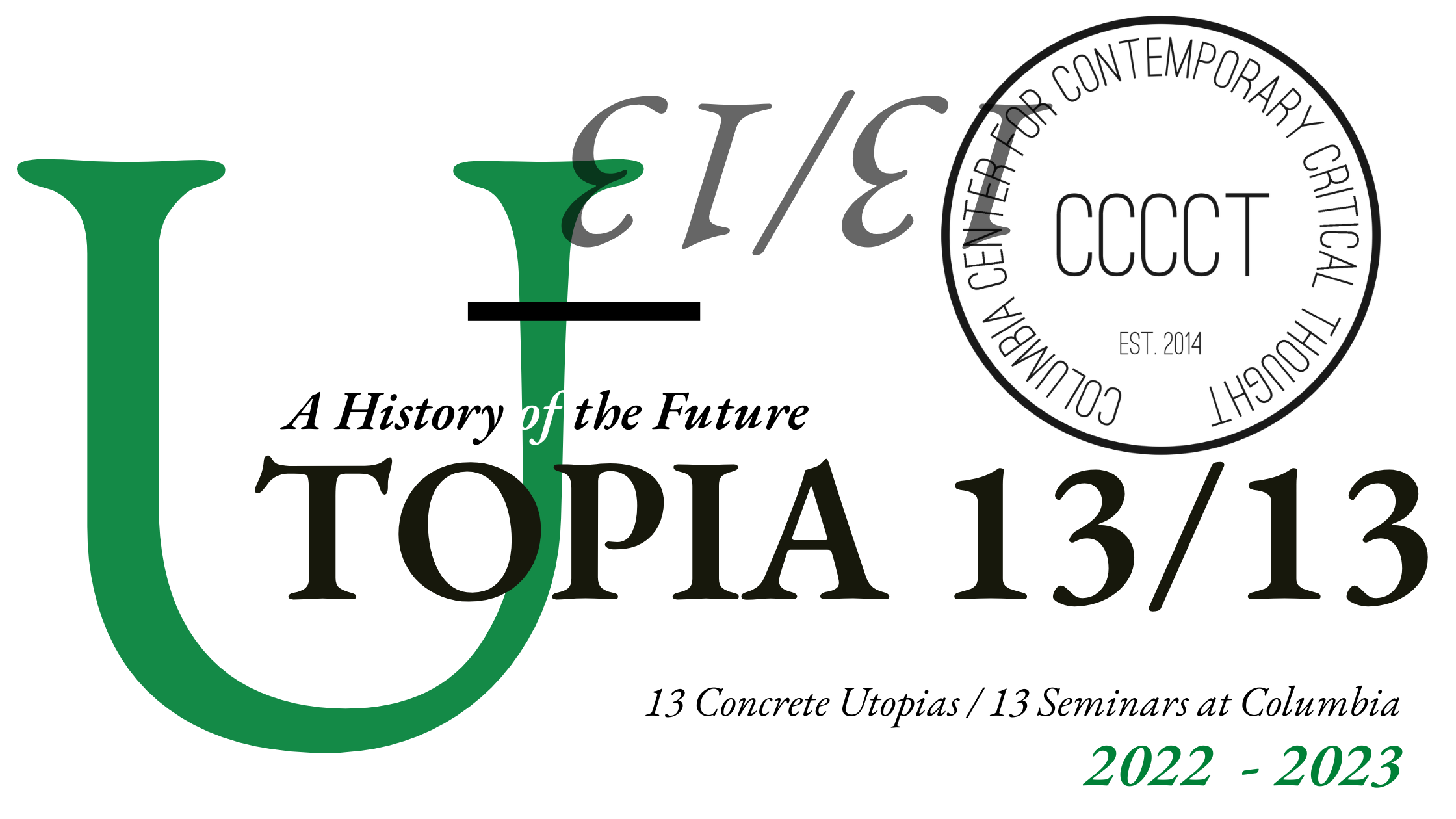By Alyssa Battistoni
One of the things I was struggling with in “Spadework” is the question of politics and time—not only the time of one’s own life and decisions about how to spend it, but time in the sense of the historical moment one is in. I was trying in particular to find a way to think about the classic structure-agency debate—in other words, to think about organizing as neither voluntaristic and heroic, where if you just work hard enough you can overcome all obstacles; nor as completely determined by the historical moment, the power of the university, and everything else that can make action feel impossible.
It does feel like there’s been a real sea change in academic labor politics over the past few years: contracts at Brandeis, NYU, Harvard, Clark, Columbia, Georgetown, Brown; campaigns at Indiana, Dartmouth, Hopkins, Northwestern, Chicago; and many others. Barnard resident assistants just filed for union recognition a few days ago; NYU adjuncts voted to authorize a strike this week. My own grad union, Local 33/GESO, just filed a new set of cards with the NLRB on Monday and I think that this time the longest-running union campaign in the US may finally succeed.
All of this is obviously part of an enormous shift in labor politics that’s happened in the past few years. Unionization efforts at Starbucks and Amazon obviously stand out as two highlights in a broader labor revival which has seen more elections, more strikes, more wins, as Bernard’s post notes. (Jonah Furman’s Who Gets the Bird? substack is a great source of news on labor actions.) Last fall’s strike here at Columbia stood alongside strikes by nurses, coal miners, John Deere workers, and workers in other sectors as part of a strike wave dubbed Striketober. While the tight labor market of the pandemic has clearly changed the balance of power between labor and capital, this is not just a post-Covid phenomenon: Red for Ed, the multi-state teachers’ union movement stands out as a pre-pandemic highlight, for which the Chicago Teachers’ Union strike of 2012 was an important model. There are also big fights looming: namely, the potential freight rail workers’ strike, which was temporarily averted but may be back on, and Teamsters strike threat at UPS.
And yet—organized labor in the US still faces immense structural challenges. In 2021, for example, both the number of union members and percentage of workers who belong to a union continued to decline. Private sector union density stands at a dismal 6.1%. And now that the Fed is explicitly taking action to curb inflation by “cooling the economy,” with the explicit goal of decreasing wage growth by increasing unemployment, the conditions that have been favorable to labor over the past year or so may not last much longer.
The structure/agency question describes, I think, the tensions and questions at the heart of the two books I wrote about—Sarah Jaffe’s Work Won’t Love You Back and Aaron Benanav’s Automation and the Future of Work. Benanav presents a convincing case that the dynamics of contemporary capitalism are such that the power of labor to challenge capital is increasingly diminished, in the U.S. but also around the world. Jaffe, meanwhile, looks at the way the “new working class” of service, retail, tech, and other workers—including academics!—is getting organized. While both Benanav and Jaffe have utopian aims, what I find most inspiring in Jaffe’s work is her attention to the ways that people not only envision the utopian future to come but make utopias in the present through acting together. Those experiences stay with people long beyond the moment itself. As the labor historian Gabriel Winant—a Local 33 comrade—noted about last year’s strike wave, “even after it recedes, we will be able to see the pools it leaves behind – reservoirs of solidarity, consisting of material victories and new political experiences.” Even struggles that don’t immediately succeed they may help lay the ground work (or do the spadework) for what’s to come.
